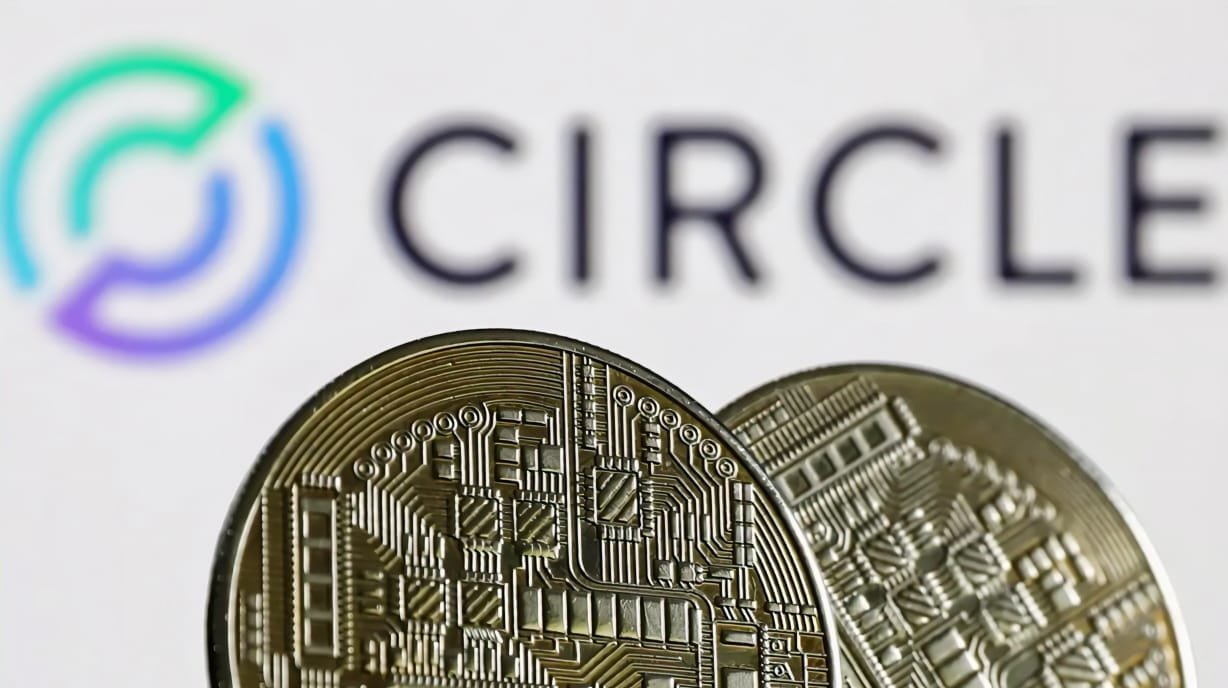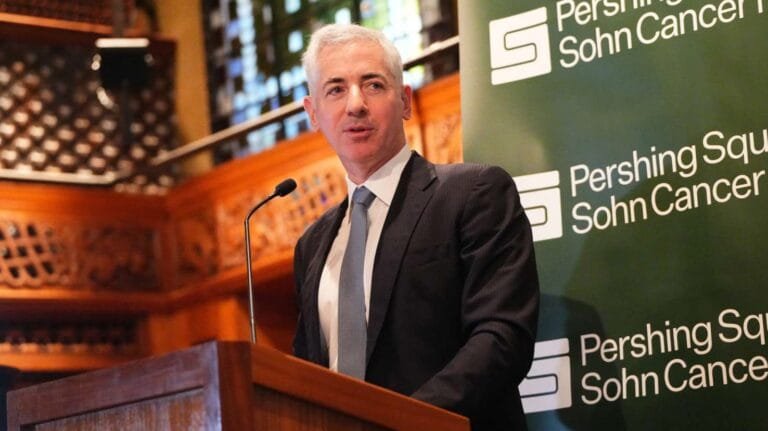
Circle reports strong Q3 results with USDC circulation reaching $73.7 billion.
Circle Q3 results Internet Group, Inc. (commonly referred to as “Circle”) is an American fintech company operating in the new era of crypto-finance and digital money, primarily through its stablecoin USD Coin (USDC). Today’s report is significant because Circle reported better-than-expected profits in the third quarter (Q3 FY 2025), driven primarily by the rapid growth of USDC. Let’s delve deeper into what happened, why it happened, what it means, and what’s possible next.
Quarterly Results – circle-q3-results
Circle’s Q3 FY 2025 report revealed the following key highlights: USDC circulation reached $73.7 billion at the end of the quarter, a 108% increase from the year-ago period. Total revenue + reserve income was approximately $740 million, an increase of approximately 66% from the same quarter last year. Net income was ~$214 million, an increase of approximately 202% year-over-year.
Adjusted earnings per share were reported at approximately $0.36 per share—better than analysts’ estimates of ~$0.22 per share. However, the company also warned of increased operating expenses, leading to some caution among investors. The gist of these results is that Circle has benefited from the growing demand for stablecoins—but also faces challenges.
Why did this increase occur? — Analysis of the Reasons
In this section, we’ll examine the factors behind this success. USDC’s Rapid Growth
USDC, a dollar-pegged (1:1) stablecoin, saw a sharp increase in circulation this quarter. This means more people, institutions, and platforms are accepting and using USDC. As USDC’s circulation increases, Circle’s associated “reserve income” (i.e., the interest earned on the funds backing USDC) increases. Reserve Income Contributes In the stablecoin world, when you say “1 USDC = 1 USD with great confidence,” that 1 USD needs to be invested somewhere—typically in low-risk US Treasury bonds and other safe assets. Circle reported that its reserve income was ~$711 million, a 60% increase year-over-year. This means: more USDC = more investable reserves = more interest revenue. Platform and Network Expansion Circle hasn’t stopped at just issuing a stablecoin, but has also begun developing its “dollar digital infrastructure.” Such as:
Arc Network — a Layer-1 blockchain platform launched by Circle, leading the way toward “programmable money.” Circle Payments Network (CPN) — providing a USDC-based instant settlement platform for banks, fintechs, and payment institutions. Expanding new partnerships (BRICS, banking institutions, digital asset platforms, etc.). All of this has strengthened Circle’s “platform model” — moving beyond simply issuing a coin to becoming an infrastructure platform. Improving the Regulatory Environment Regulatory clarity is crucial for the stablecoin industry. Legislation like the GENIUS Act in the US (which provides regulations for dollar-backed stablecoins) has helped give the industry a secure footing. When regulations are clear, institutional investors, banks, payment networks, etc., begin to participate more actively—and this benefits platforms like Circle.
Further Direction—What are the expectations?
This section will examine Circle’s future direction and the market prospects it sees. Forward-Looking
Circle provided some guidance in its Q3 report: The goal is to increase “Other Revenue” (i.e., subscriptions, services, and transaction fees) to $90-100 million. RLDC (Reserve-Linked Distribution Cost) margins are projected to reach ~38%.
The company has stated that it sees USDC circulation growing by a “CAGR” (compound annual growth rate) of 40% over the next few years. Prospects: If USDC is widely adopted by banks, fintechs, payment networks, etc., Circle’s platform-infrastructure model (USDC + Arc + CPN) could make it a leader in the digital money world. Stablecoins are increasingly playing a role in cross-border payments, organized financial networks, and currency alternatives—this could give Circle an edge. Regulatory support (especially in the US) could benefit a regulated stablecoin issuer like Circle.
But what are the challenges and risks?
Behind every success comes risks—some of the key risks for Circle are listed below. Impact of Interest Rates
Circle’s business model is largely based on interest income on the reserves backing USDC. If the US central bank, the Federal Reserve, lowers interest rates, income will be impacted. For example, Therefore, Circle stated that the reserve “return rate” has decreased by 96 basis points.
That is: Economic and monetary policy changes could impact their model. Increasing competition: Competition in the stablecoin space is intense—other major fintechs and banks are launching their own stablecoins, and new platforms are joining. If USDC’s market share decreases, it could be difficult for Circle to grow.
Valuation concerns: Although the company has reported good numbers, investors are reacting that “expectations were too high” and that this increase may have been fully factored into the current share price. For example, Circle’s shares have fallen, suggesting that investors have become cautious. This means: despite good results, there is a high risk based on future expectations.
Let me explain in Hindi, in a “human-brain” way.
Here, I’m trying to explain in simple terms—as if we were explaining to a friend. Imagine that Circle is a bank-like company that has issued a “digital dollar” (USDC). When you borrow USDC, it says, “My value is equal to 1 USD”—and the company invests that dollar amount in secure banking-like instruments to earn interest. The company earns money from the interest. Now, if people use USDC a lot—for example, for payments, currency conversions, or crypto-world transactions—circulation increases. Increased circulation means the company has more “reserve” deposits to invest. This increases interest revenue, which increases the company’s income. Circle did exactly this in Q3: USDC circulation increased rapidly, contributing to higher revenue and profits.
Conclusion: Circle Q3 results
Circle delivered impressive results in Q3 2025—significant increases in circulation, revenue, and profit. This is primarily a result of the proliferation of USDC, its reserve income model, and its rapidly growing platform-technology network. The future holds great promise—but so do the risks. Monetary policy, competition, and regulatory changes could have an impact, particularly if Circle successfully expands its platform model (USDC + Arc + CPN) and introduces new services, it could become a leader in the new digital money economy. On the other hand, if any major policy changes occur or the model slows down—returns could be lower, and investors should exercise caution.



